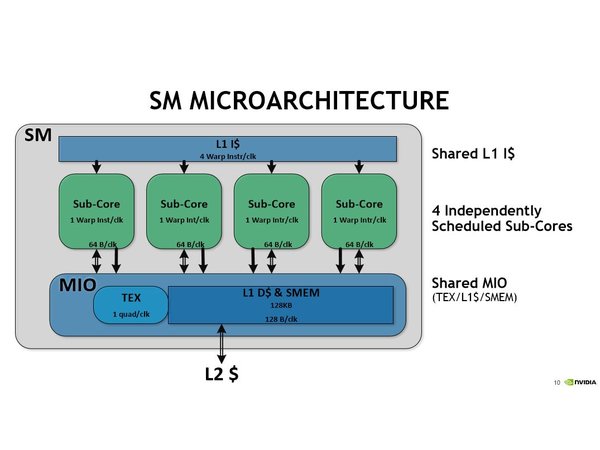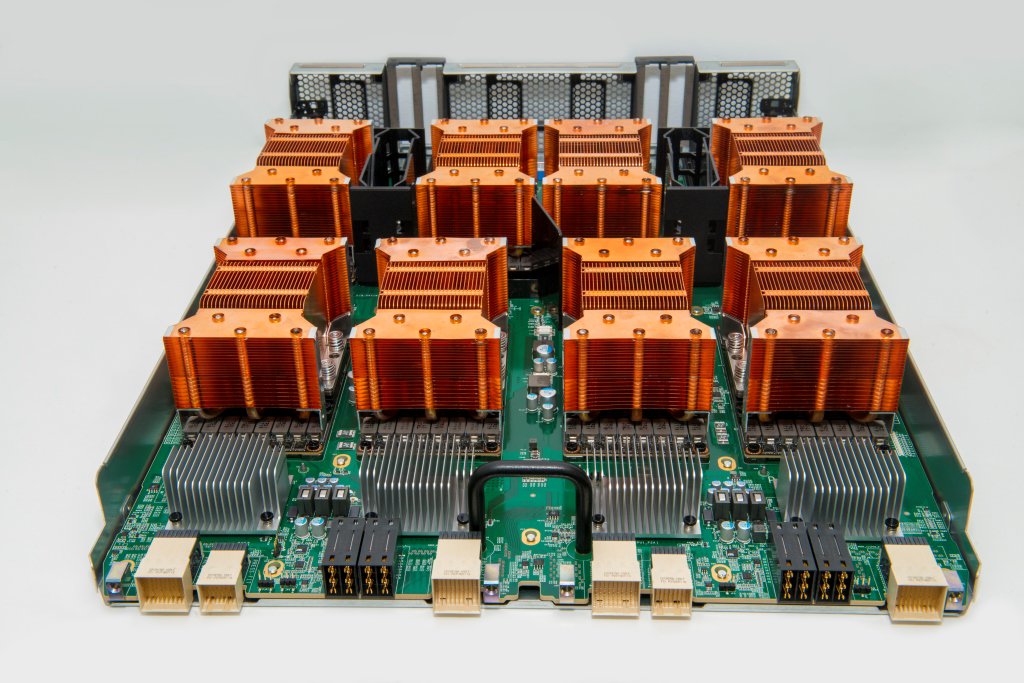GoldenTiger
Fully [H]
- Joined
- Dec 2, 2004
- Messages
- 29,646
Thy aren't that far ahead really, the 10 core Intel at same price as thread ripper 16 cores is barely behind except for rare fully threaded loads and we aren't talking by much. It also can be oc'd which ryzen threadripper has no real room for (maxes out at the 4ghz wall). In gaming and anything else, the 7900x wins handily.The sad part there is, even though AMD is now more than competetive in the CPU market. Intel still hasn't lowered there CPU prices, not in this part of the world anyway.
![[H]ard|Forum](/styles/hardforum/xenforo/logo_dark.png)


